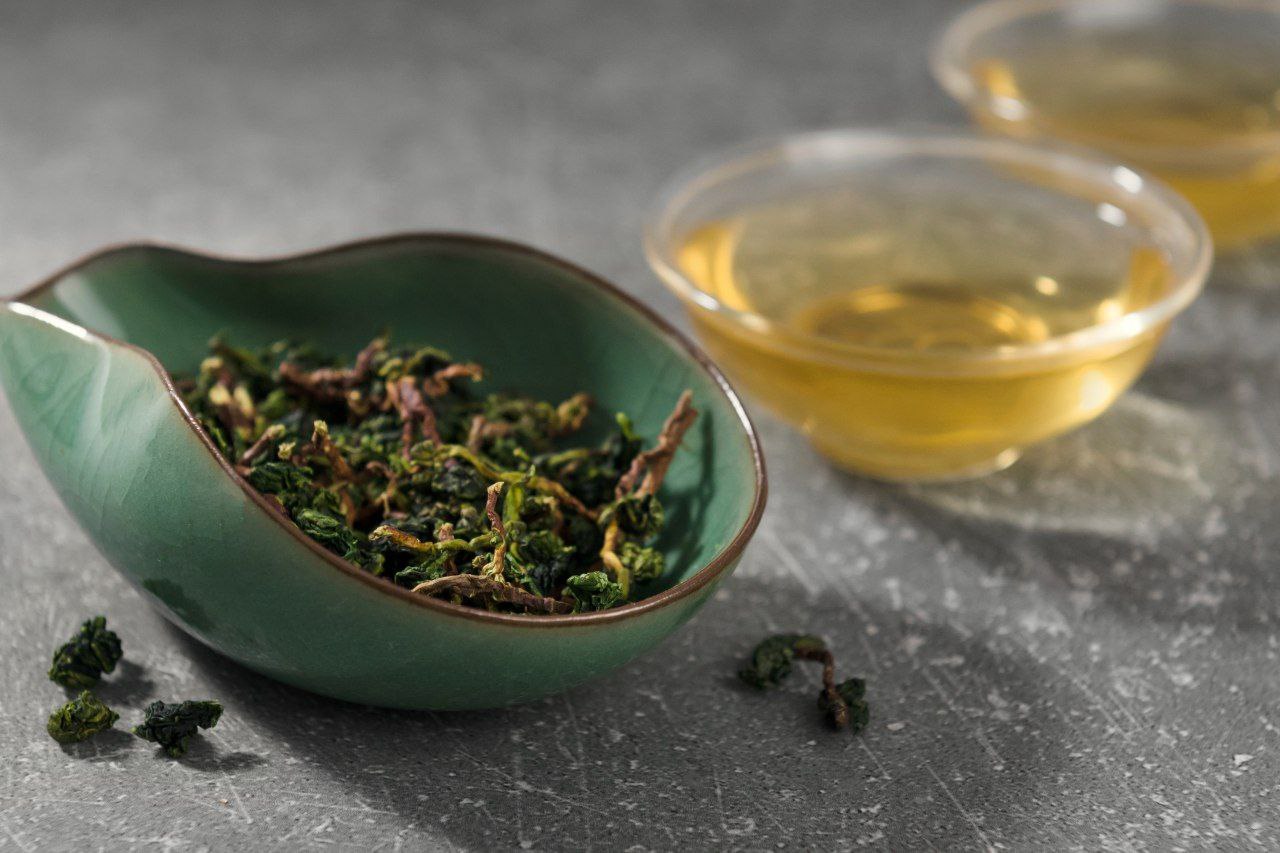What is oolong tea, and why is it so popular worldwide? Known for its delightful taste and aroma, this unique tea is crafted through a process that falls between black and green tea, giving it a distinct flavor and fragrance. Beyond its rich history, the benefits of oolong tea make it a favorite among tea lovers. In this blog, we’ll explore its origins, advantages, and why it continues to gain global recognition. Keep reading to learn more!
What is Oolong tea? The Story of Oolong Tea
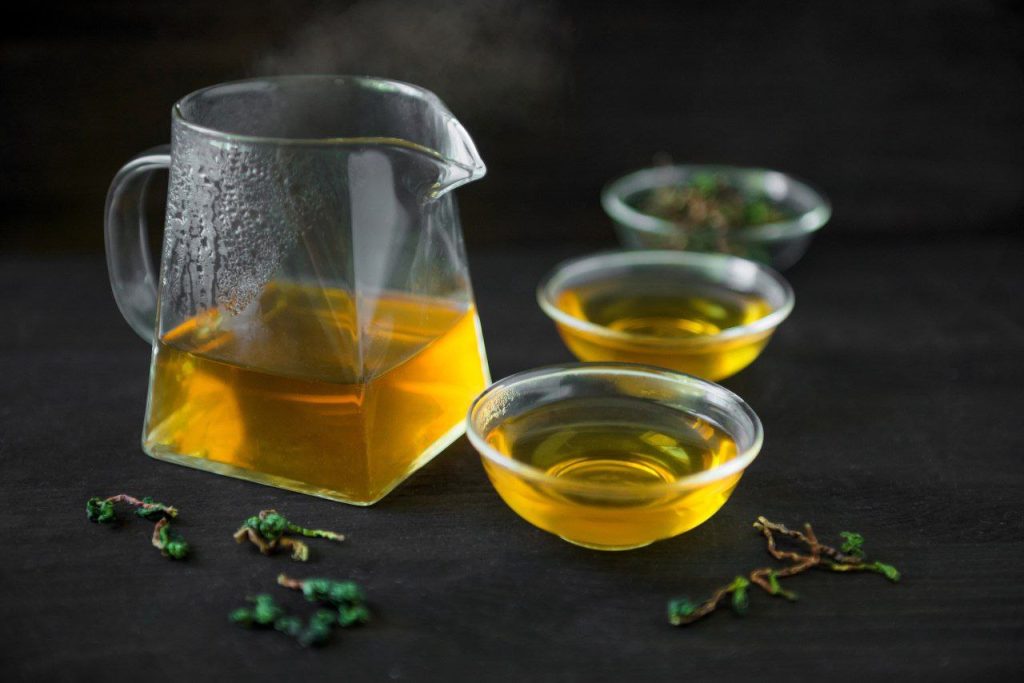
Oolong tea has a deep root in the history of Taiwan and of China. The tea owes its title from the Chinese characters “乌龙” (Wu Long), which signify “Black Dragon.” The title has been derived from the shape of the tea after preparation, resembling a dragon. Oolong tea has been famous internationally from the Ming period of China, more than a thousand years ago. Oolong tea in Taiwan has been produced differently, and for this reason, Oolong tea has grown very famous.
How Oolong is produced: A blending of skill and science
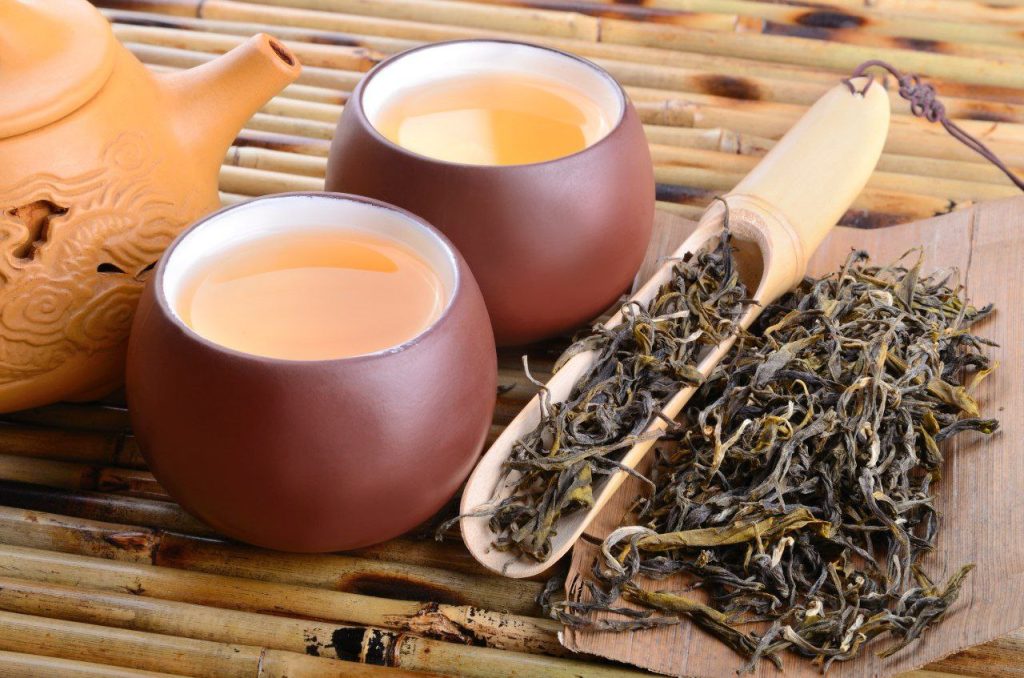
Making oolong tea is quite complex, and hence, for many, it remains both a science and an art. The process of oolong tea preparation is undertaken with caution in oolong tea-producing nations such as China and Taiwan, and experience, knowledge, and caution are required. Each step of the process has a significant influence on the taste, odor, color, and overall quality of the tea.
1. Taking the leaves
The first process of producing oolong tea is picking the tea leaves. The tea leaves must be picked at a specific time of day in order to ensure their optimal quality. The optimal time for picking tea leaves is in the morning when they are still moist and not under the sun. The tea leaves are hand-picked, and only the young and vigorous ones are harvested. The tea leaves are from tea bushes of the optimal age and with optimal flavors.
2. Wilting
After harvesting, the leaves are moved into a protected location where they can dry somewhat. The drying process makes the leaves more convenient to use. Wilting initiates enzymes in the leaves and gradually starts oxidation. The amount of time this process can take may vary with weather, temperature, and moisture, but 4-6 hours generally works.
3. Shaking and breaking cells
In this step, the leaves are gently shaken. This shattering of the outside cells of the leaves and the release of chemicals and enzymes initiate oxidation. The leaves are generally spread on large trays or a flat table, and with smooth, slow movement, the leaves are folded into specific forms. This process is quite significant because this step has a major influence on the quality and taste of tea.
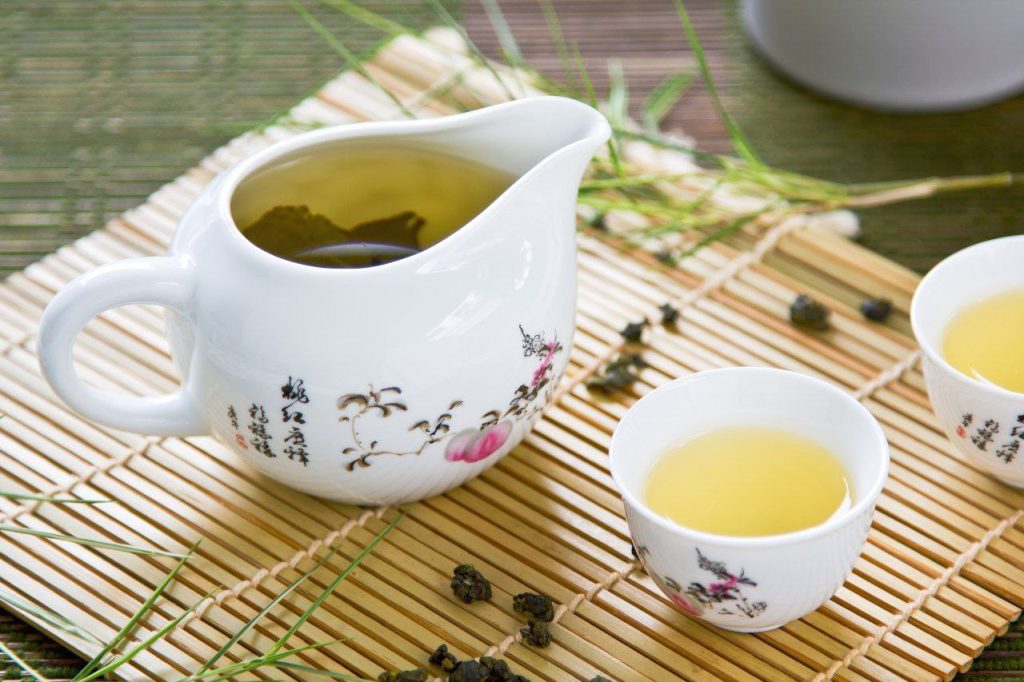
4. Partial Oxidation
One important process of producing oolong tea is oxidation. The tea leaves are allowed exposure to air, and when the tea leaves are exposed, some of the chemicals in the tea leaves undergo a change. Oxidation can be between 10% and 80%, and this determines the taste, color, and quality of tea. Oxidation of oolong tea is monitored very carefully for quality. Low-oxidation teas are more subtle in taste, such as grass, and are lightweight, and teas with higher oxidation taste richer, bitter, and with a smoky taste.
5. Stopping Oxidation (Cooking or Heating)
When the oxidation has been exactly what’s needed, the process has to be halted so the tea doesn’t continue changing too much. To halt it, the tea leaves must be cooked by heating them up in hot pans, or they must be steamed. This rapidly slows down the oxidation and retains the tea’s unique taste and properties.
6. Drying
After stopping the oxidation, the tea leaves are dried. This process must be performed in order to remove excess water from the tea leaves so the tea becomes bad when stored. The tea can be dried with heat or with a machine. Occasionally, individuals also dry the tea leaves with their bare hands. The process also enhances the taste of the tea afterwards. Apart from water removal, drying also enhances the tea’s special smells and flavors.
7. Grading and Packing
After drying, oolong tea leaves are sorted very thoroughly. The tea leaves are sorted on the basis of their shape, color, and size, and also their smell. The tea leaves are then packed for being sent to other regions. The packing must protect the taste and quality of the tea and not let the tea be harmed.
Different Kinds of Oolong Tea
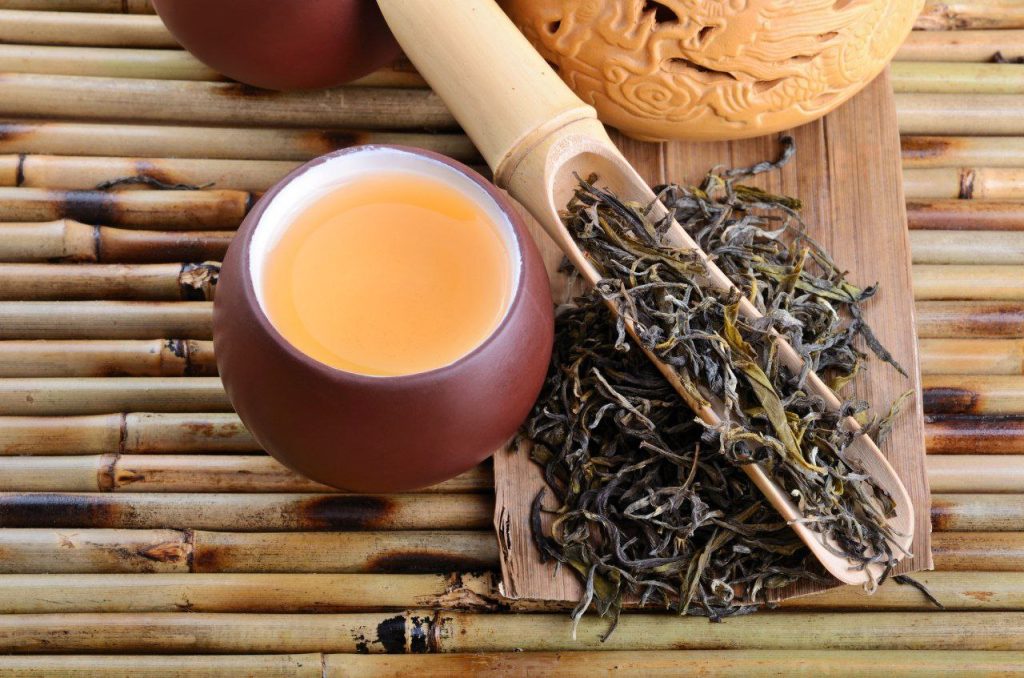
Oolong tea exists in numerous forms because oolong tea can be produced in varying ways. Some of the more widely consumed forms of oolong tea are:
Tie Guan Yin is a very famous variety of oolong tea with a smooth and floral taste.
Da Hong Pao tea is a very rare oolong tea. It has a very strong and smoky taste. It’s said to be the most expensive tea.
Formosa Oolong tea is a Taiwanese oolong tea. It has a very good taste and its color is gold.
Benefits Of Oolong Tea
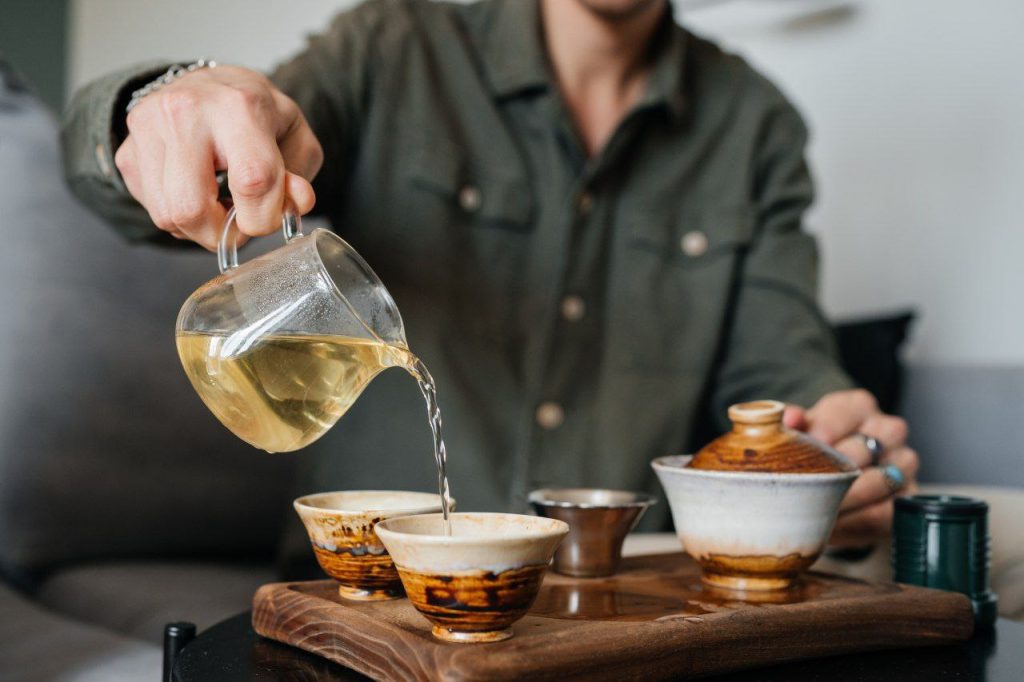
Oolong tea possesses some of its special characteristics due to its novel compounds. Some of its significant properties are:
- Oolong tea can boost your metabolism and burn weight: Oolong tea contains Polyphenols, which induce enzymes for weight burn. Oolong tea enhances the way the body expends its energy and has been called a natural weight loss beverage.
- Oolong tea contains antioxidants: and they can maintain your blood vessels and heart in good shape. If you don’t take oolong tea, your bad cholesterol (LDL) may rise, and your blood pressure may be impacted.
- Skin health: Oolong tea may alleviate signs and symptoms of skin allergies and eczema. Oolong tea contains anti-oxidants and has anti-inflammatory properties.
- Making the brain perform better: Oolong tea contains a thing called “L-Theanine.” It reduces stress, enhances concentration, and quiets the mind.
- Bone and dental health: Oolong contains varying minerals such as calcium and magnesium, contributing towards strengthening the bones. Oolong tea also reduces the risk of developing tooth cavities and gum disease.
- Making the immune system more potent: Antioxidants present in oolong tea strengthen the immune system of the human body and also resist disease.
- Blood sugar regulation: Oolong tea may be beneficial for individuals with type 2 diabetes because oolong tea has the capacity for blood sugar regulation. Consuming oolong tea on a regular basis can decelerate blood sugar fluctuations.
Differences in Oxidation and Flavors

The level of oxidation also has a big effect on the taste of oolong tea. The teas with minimal oxidation taste grassy and light, similar to tea. The teas with minimal oxidation are also green and translucent, and they smell and taste very herbal. The teas with higher oxidation taste earthy and stronger, similar to tea. The teas with higher oxidation are darker and smell richer and more complex.
The way tea leaves are processed creates varying types of oolong tea, with their individual unique characters. Various oolongs, such as “Tie Guan Yin” and “Da Hong Pao,” taste and color differently because of their oxidation and drying processes. This diversification has contributed to the widespread demand for oolong tea from tea consumers across the globe.
If you’re fascinated by the world of herbs and want to explore different herbs and their benefits, check out the following link: https://flavorfultaste.com/category/blog/tea/
How To Brew Oolong Tea?

To enjoy oolong tea’s taste and nutritional value, preparation of oolong tea needs to be done properly. The process is:
- Boil water with the optimal temperature: The water needs to be heated between 85-90 degrees Celsius. If water becomes too hot, then the quality compounds of tea can be ruined.
- Appropriate amount of tea leaves: About 1 teaspoon of tea leaves is enough for each cup.
- Steeping time: Allow the leaves to steep for 3-5 minutes. If you steep them for too long, the tea becomes bitter.
- Enjoy the fragrance and taste: Sip the tea without milk and sugar in order to taste its natural taste.
Want to buy oolong tea, this rare and aromatic herbal tea, but don’t know where to start? Check out this amazing website for high-quality herbs—it’s my go-to source for recipes too: GoldenHerbs.com
Oolong Tea and the Art of Brewing Tea
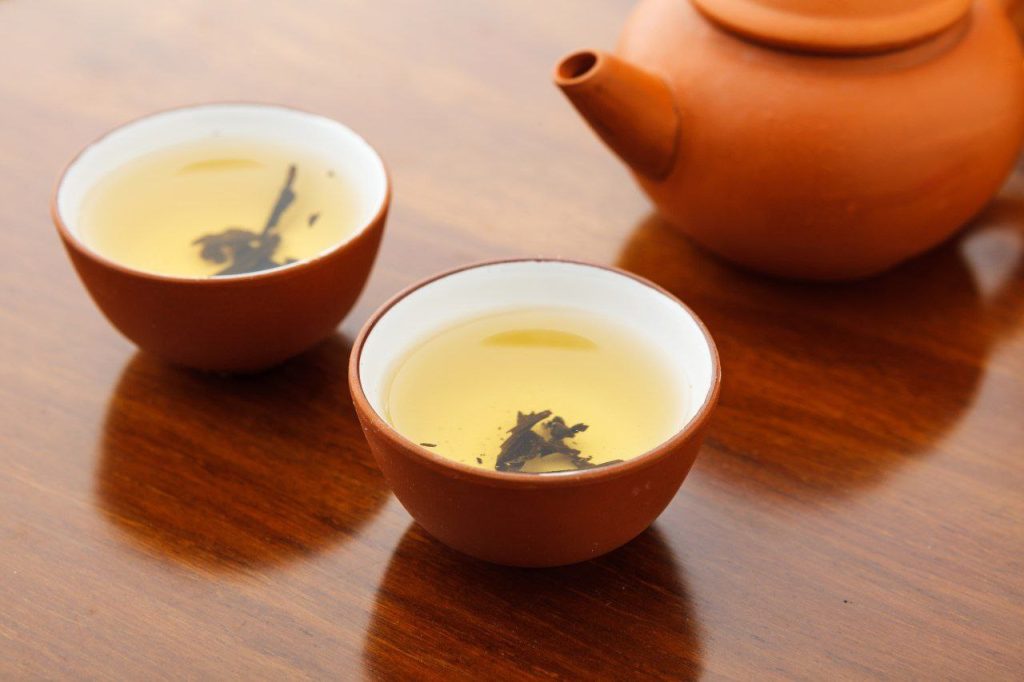
Another interesting aspect can be the varying methods of preparing oolong tea. You can discuss the traditional techniques practiced in China and Taiwan and tell them how varying methods can extensively vary the taste of the tea.
- Making Chinese Oolong tea: Small tea cups and tea pots are commonly employed for preparing this tea. The tea is steeped for a short period and consumed gradually.
- Gongfu Cha Method: The traditional Taiwanese way of preparing tea. It employs small tea vessels. This allows individuals to steep tea leaves repeatedly and experience varying flavors.
Differences Between Oolong Tea, Green Tea, and Black Tea
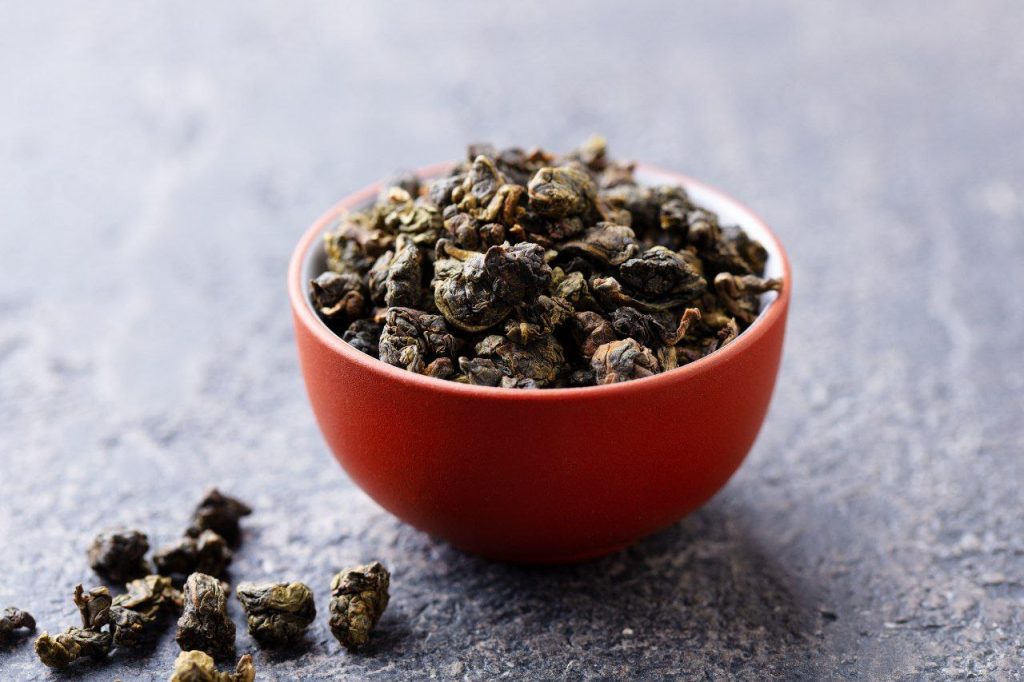
Oolong tea is interesting because oolong tea is not exactly the same as green tea and black tea. You can explain why oolong tea isn’t exactly the same and why oolong tea exists between them. For instance, there’s very minimal oxidation in green tea and there’s plenty of oxidation in black tea. Oolong tea can be similar to either of them, relying on the amount of oxidation.
Oolong Tea In Combination With Other Ingredients
Oolong tea may be blended with other natural foods and flavors and then be made into a different taste and odor. Some of them are:
- Oolong tea and fruits: Oolong tea may be blended with fruits such as orange, lemon, and strawberries, producing a novel and interesting taste.
- Oolong tea and spice: Oolong tea can be blended with cinnamon or ginger for a spicy and intense taste.
Oolong Tea and Organic Production
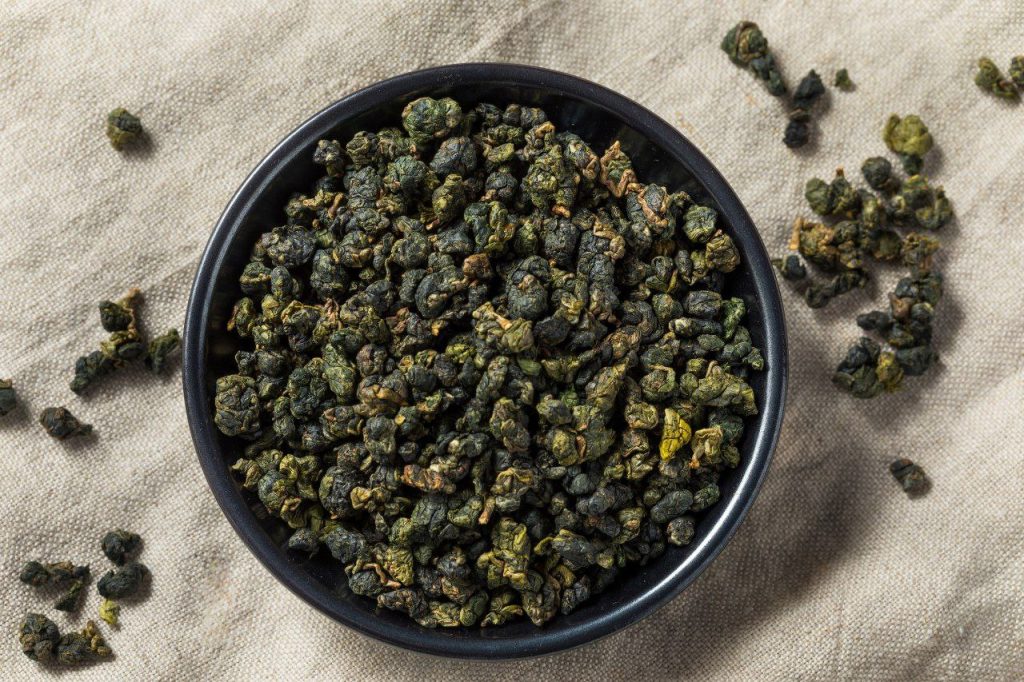
One important note when purchasing oolong tea is to check for organic cultivation. Oolong tea produced without chemicals and pesticides and certified organic tea is also a favorite with people on the lookout for their health. The advantages of such organic teas can be stressed and why organic tea matters.
Oolong Tea and Mental Health
Oolong tea has been said to be a relaxing beverage. Oolong tea has been proven to reduce anxiety, promote sleeping, and leave individuals more relaxed. Research indicates oolong tea can be beneficial for mental stability when consumed on a regular basis.
Oolong Tea in Different Cultures
Oolong tea has also been widely consumed outside of its origins in China and Taiwan. In Japan, oolongs are consumed for aiding digestion, and in the Western world, oolongs are regarded as a weight loss beverage and for relaxation.
Conclusion
Oolong tea is a tea with the blended flavors of black and green teas. Oolong tea has been consumed for centuries, and preparing it involves precise steps, producing numerous different flavors, and tea enthusiasts appreciate them. Apart from its wonderful taste, oolong tea has numerous advantages, such as weight reduction, maintaining your heart, assisting your brain, and smooth skin. Oolong tea, be it consumed in a ceremony or not, is a pleasant means of enhancing your tea experience and overall health.

